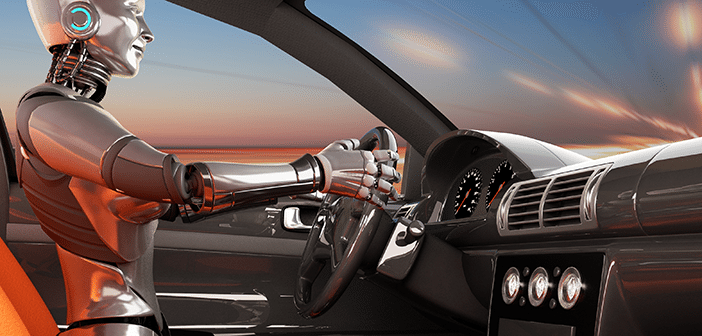New technologies Will Require New Insurance Coverages and New Risk Management Strategies
BY Jonathan Charak
The inevitable march forward of automated vehicle technology (self-driving vehicles) has generated a lot of discussion about the impact on everything from the driver experience to how the legal system will have to adapt. As an insurance professional, I believe these are important discussions.
Insurers will play a critical role in ensuring the success of this new technology, both for individuals and businesses, and will continue to help protect them against unforeseen events. For auto dealerships, self-driving cars will present new challenges for their risk management strategies and also new opportunities for the many F&I products that they sell.
The Risk Management Perspective
From a risk management perspective, an automated vehicle will pose certain new risks where the dealerships will need solutions. An important resource will be insurance providers that can help dealerships understand and protect themselves from risk.
Market analysis company IHS estimates that the technology in self-driving cars will add between $7,000 and $10,000 to the sticker price of a car in 2025, a price premium that will slowly decline in the years after that.
The placement of the technology (such as LiDAR, cameras, aerials, ultrasonic wheel sensors) on roofs, in bumpers, or within the wheels could increase the cost of repair once damage occurs. While it is expected that these vehicles will lower overall collision frequency on the roads, what about the cost of a dealership’s open lot coverage? Potentially hundreds of vehicles with a roof mounted LiDAR and external cameras will be costly to repair after a hail storm.
Further, garage/auto policies cover the customers’ autos when in the care of your professional mechanics. Not only will dealerships need to ensure increased training on the care of the new vehicles, but also how to operate them in a safe manner. Some insurance companies may offer extended protection that will cover dealership liability from the work performed by the dealership’s repair shop in the event that the work or parts cause damage to the customers’ vehicle. This is another area where the introduction of automated vehicles could impact a dealership’s risk management decisions.
Sales Opportunities for a Service Contract
In addition to the risks dealerships will need to manage, there are also potential opportunities for growth with F&I sales. It is likely that, compared to the service requirements for today’s vehicles, manufacturers of self-driving cars will recommend higher levels of service with frequent check-ups to ensure the systems are operating effectively. This could be a sales opportunity for a Vehicle Service Contract (VSC), or even the creation of a Vehicle Service Contract to cover only the technology needed for the operation of a self-driving car. Similar to how one can purchase protection on tire or glass, future insurance products may cover only LiDAR or camera protection.
A 2015 study by researchers at the University of Michigan’s Transportation Research Institute concluded that owning a self-driving car may allow families to own fewer cars than they do today. That is because future features like a return-to-home mode increase the potential for trip overlap between different family members.
The researchers’ conclusion was derived by studying the U.S. National Household Travel Survey. In the most extreme scenario, a household with a self-driving car could operate with 1.2 vehicles instead of 2.1. However, mileage per vehicle would likely increase by 75 percent. Consequently, the average lifespan of a self-driving vehicle compared to a traditional car would decrease due to increased wear. This is another potential reason a buyer will want a VSC. While a household may own fewer vehicles at any given time, their frequency of car purchase may increase. These factors should also balance out the overall impact on vehicle sales.
Increased Mileage Means More Repairs
Furthermore, at the 2016 J.D. Power and NADA Automotive Forum, John Krafcik, CEO of Google’s self-driving car project, said he believes people who purchase a self-driving car could see annual mileage upwards of 100,000 miles (compared to a household average of roughly 13,500 miles annually today) because the car could be used by multiple people, including driving for things like ride-sharing services. These projections make it easy to imagine the increased need for people professionally trained to service the technology unique to the make and model. This is another reason a VSC could become an even stronger tool in the F&I room.
For the foreseeable future we will have a situation where the roads are shared by vehicles having various, increasing levels of autonomy (and, of course, by other road users). It is likely that fully self-driving vehicles will be available to the car-buying public of some countries by 2025. With that in mind, it’s best to start thinking through your risk management (and sales) strategies early. Your insurance provider and F&I partners are a good resource for you to start having those conversations.








